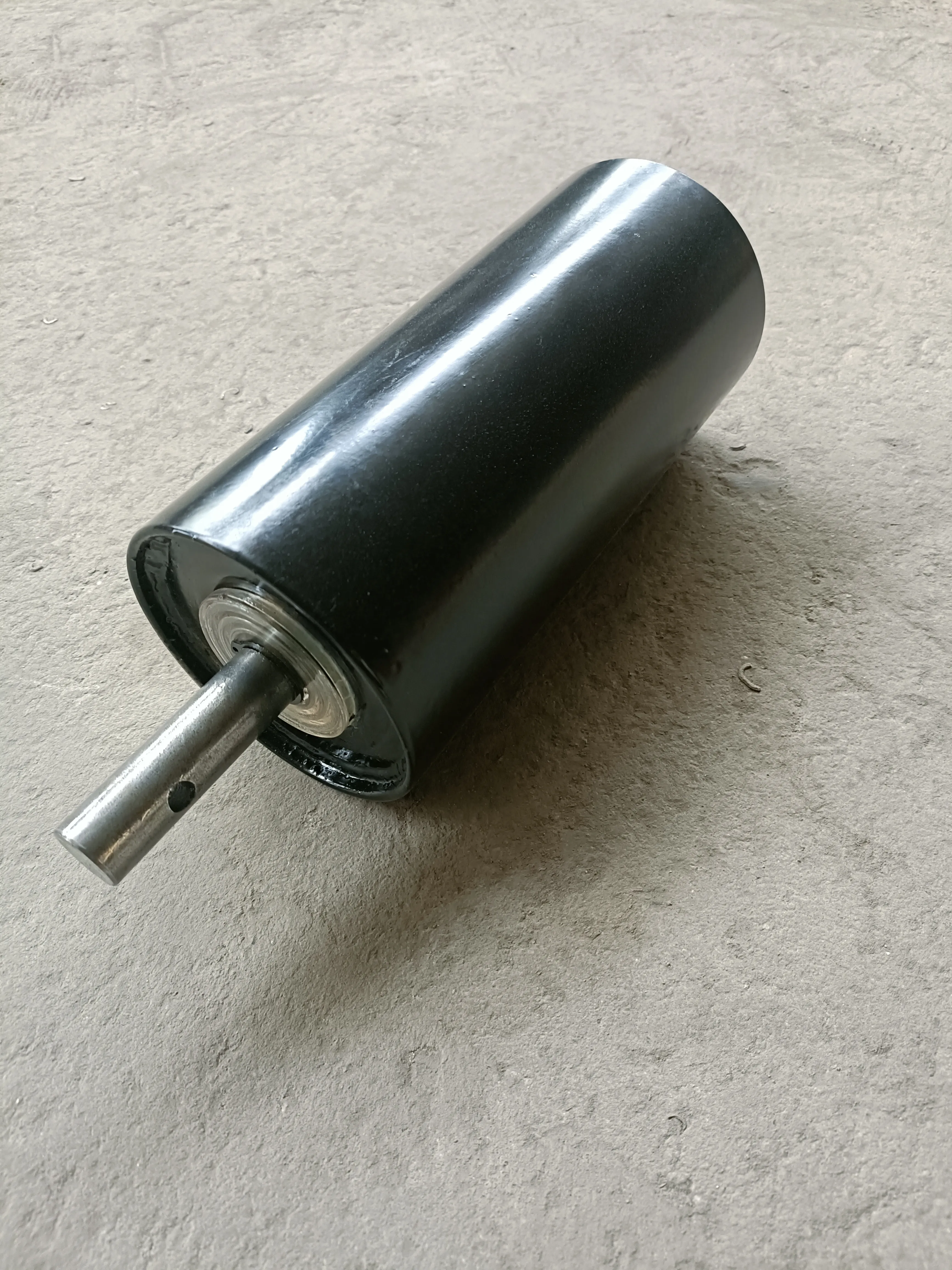 Afrikaans
Afrikaans  Albanian
Albanian  Amharic
Amharic  Arabic
Arabic  Armenian
Armenian  Azerbaijani
Azerbaijani  Basque
Basque  Belarusian
Belarusian  Bengali
Bengali  Bosnian
Bosnian  Bulgarian
Bulgarian  Catalan
Catalan  Cebuano
Cebuano  Corsican
Corsican  Croatian
Croatian  Czech
Czech  Danish
Danish  Dutch
Dutch  English
English  Esperanto
Esperanto  Estonian
Estonian  Finnish
Finnish  French
French  Frisian
Frisian  Galician
Galician  Georgian
Georgian  German
German  Greek
Greek  Gujarati
Gujarati  Haitian Creole
Haitian Creole  hausa
hausa  hawaiian
hawaiian  Hebrew
Hebrew  Hindi
Hindi  Miao
Miao  Hungarian
Hungarian  Icelandic
Icelandic  igbo
igbo  Indonesian
Indonesian  irish
irish  Italian
Italian  Japanese
Japanese  Javanese
Javanese  Kannada
Kannada  kazakh
kazakh  Khmer
Khmer  Rwandese
Rwandese  Korean
Korean  Kurdish
Kurdish  Kyrgyz
Kyrgyz  Lao
Lao  Latin
Latin  Latvian
Latvian  Lithuanian
Lithuanian  Luxembourgish
Luxembourgish  Macedonian
Macedonian  Malgashi
Malgashi  Malay
Malay  Malayalam
Malayalam  Maltese
Maltese  Maori
Maori  Marathi
Marathi  Mongolian
Mongolian  Myanmar
Myanmar  Nepali
Nepali  Norwegian
Norwegian  Norwegian
Norwegian  Occitan
Occitan  Pashto
Pashto  Persian
Persian  Polish
Polish  Portuguese
Portuguese  Punjabi
Punjabi  Romanian
Romanian  Russian
Russian  Samoan
Samoan  Scottish Gaelic
Scottish Gaelic  Serbian
Serbian  Sesotho
Sesotho  Shona
Shona  Sindhi
Sindhi  Sinhala
Sinhala  Slovak
Slovak  Slovenian
Slovenian  Somali
Somali  Spanish
Spanish  Sundanese
Sundanese  Swahili
Swahili  Swedish
Swedish  Tagalog
Tagalog  Tajik
Tajik  Tamil
Tamil  Tatar
Tatar  Telugu
Telugu  Thai
Thai  Turkish
Turkish  Turkmen
Turkmen  Ukrainian
Ukrainian  Urdu
Urdu  Uighur
Uighur  Uzbek
Uzbek  Vietnamese
Vietnamese  Welsh
Welsh  Bantu
Bantu  Yiddish
Yiddish  Yoruba
Yoruba  Zulu
Zulu drive belt idler pulley
Understanding Drive Belt Idler Pulleys Their Importance and Functionality
Drive belt idler pulleys play a crucial role in the smooth operation of various machinery and vehicles. Found in automotive engines, industrial machines, and other mechanisms that utilize belt-driven systems, these components ensure the efficient transmission of power. By understanding their design, functionality, and maintenance, users can better appreciate their importance and the role they play in overall system performance.
What is a Drive Belt Idler Pulley?
An idler pulley is a wheel or pulley that is used to guide the belt and maintain the appropriate tension within the belt system. Unlike drive pulleys that are connected to a power source or component to transfer motion, idler pulleys do not provide power directly. Instead, they work alongside drive pulleys to ensure that the drive belt remains aligned, minimizing wear and preventing slippage.
The design of an idler pulley can vary significantly, but it typically consists of a round wheel mounted on a shaft. The wheel is usually made of durable materials, such as plastic or metal, to withstand the stress and friction associated with continuous operation. The pulley is often equipped with bearings that allow for smooth rotation, thus reducing friction and heat generation.
Functionality of Drive Belt Idler Pulleys
The primary function of an idler pulley is to maintain tension in the drive belt. A correctly tensioned belt is vital for effective power transmission. When the tension is too loose, the belt can slip, leading to power loss and potentially damaging the belt or other components. Conversely, if the tension is too high, it may cause excessive wear on the belt and bearings, leading to premature failure.
Besides maintaining proper tension, idler pulleys help guide the belt along its path, ensuring that it remains aligned with the other pulleys in the system. Misalignment can lead to increased friction and wear, affecting the overall performance of the machine. The idler pulley also serves as a point to redirect the belt's path, allowing for more compact designs in machinery and vehicles.
In many vehicles, especially those with serpentine belt systems, the idler pulley plays a pivotal role. It helps in routing the belt around the various accessories such as the alternator, power steering pump, and air conditioning compressor, ensuring that all components receive the power they require.
Types of Idler Pulleys
Idler pulleys come in different types and designs, each suited for specific applications
. Common types includedrive belt idler pulley

1. Fixed Idler Pulleys These are stationary and maintain a constant position within the belt system. They are frequently used in simple belt arrangements.
2. Adjustable Idler Pulleys These allow for adjustable tension within the system. By moving the pulley, users can increase or decrease the belt tension as needed.
3. Tensioner Pulleys In some modern vehicles, tensioner pulleys are used as part of an automatic tensioning system. These pulleys adjust automatically to maintain the proper tension on the belt, reducing the need for manual adjustments.
Maintenance and Common Issues
Like any mechanical component, drive belt idler pulleys require regular maintenance to ensure optimal performance. Common issues that can arise include
- Wear and Tear Over time, idler pulleys can wear out due to continuous use. Signs of wear may include unusual noises, such as grinding or squeaking, which can indicate that the bearings are failing.
- Loss of Tension If the pulley loses its ability to maintain tension, it can lead to slippage and decreased performance. Regular inspections can help spot issues before they escalate.
- Alignment Problems Misalignment can put additional stress on the idler pulley and drive belt, potentially leading to failure. This issue can often be prevented with proper installation and periodic alignment checks.
Conclusion
Drive belt idler pulleys may seem like small, inconspicuous components, but they play a significant role in the functionality and efficiency of belt-driven systems. By understanding their design, purpose, and maintenance requirements, users can ensure that their vehicles and machinery operate smoothly. Regular inspections and timely replacements can prevent more significant issues down the road, highlighting the importance of these often-overlooked components in mechanical systems.
-
Revolutionizing Conveyor Reliability with Advanced Rubber Lagging PulleysNewsJul.22,2025
-
Powering Precision and Durability with Expert Manufacturers of Conveyor ComponentsNewsJul.22,2025
-
Optimizing Conveyor Systems with Advanced Conveyor AccessoriesNewsJul.22,2025
-
Maximize Conveyor Efficiency with Quality Conveyor Idler PulleysNewsJul.22,2025
-
Future-Proof Your Conveyor System with High-Performance Polyurethane RollerNewsJul.22,2025
-
Driving Efficiency Forward with Quality Idlers and RollersNewsJul.22,2025





























